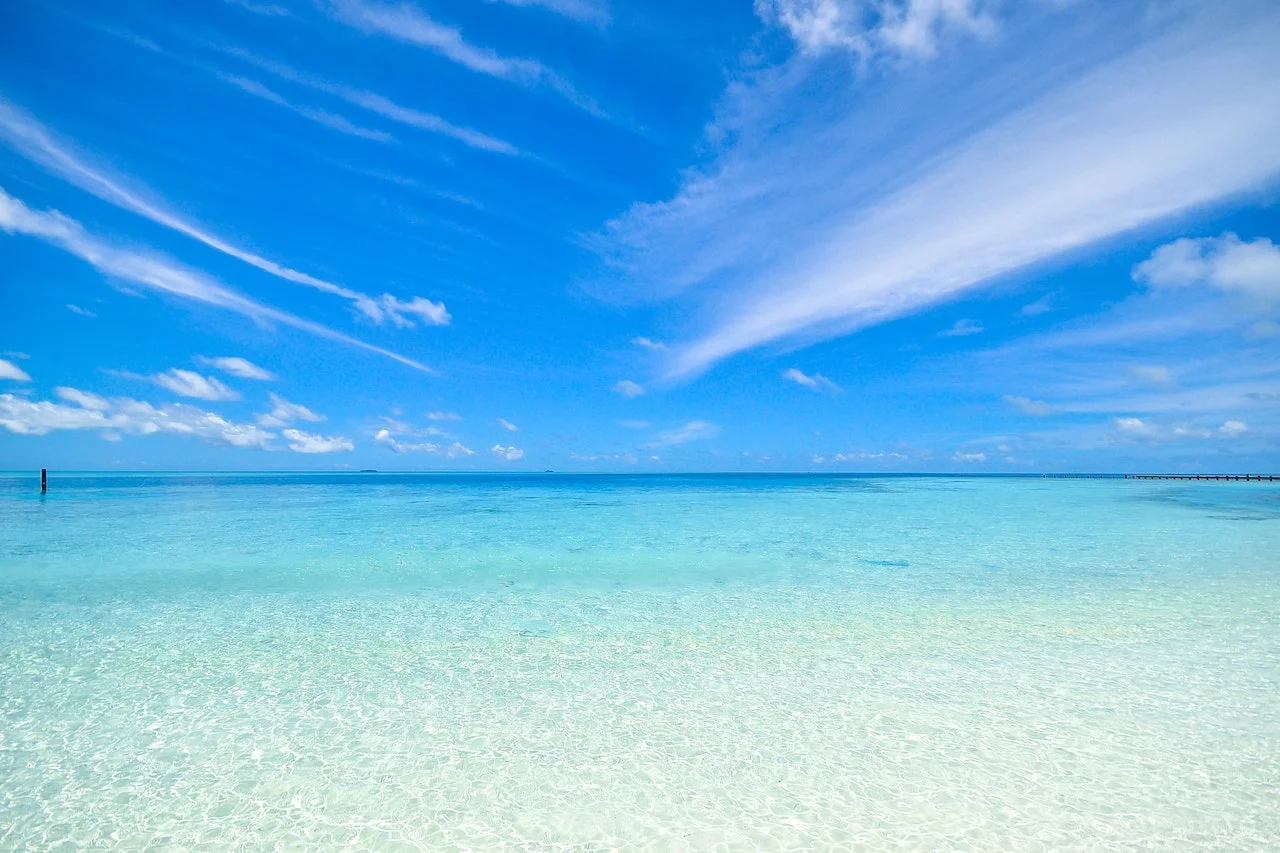According to research by Rebecca Helm and her team, the North Pacific “landfill” is not only famous for its accumulation of plastic waste, but is also the habitat of many marine species such as jellyfish, snails, mussels and crustaceans. at Georgetown University, USA. Their findings were recently published in the journalism. PLoS Biology .
There are five major ocean eddies – areas where multiple ocean currents converge – the largest being the North Pacific Subtropical Vortex (NPSG). Commonly referred to as the “garbage zone” of the North Pacific, this region is characterized by high concentrations of plastic waste due to the convergence of ocean currents. However, a variety of floating marine species, including jellyfish (cnidarians), snails, bivalves and crustaceans can also take advantage of these currents to navigate the open seas, although their exact habitats are largely unknown.
Known as velella Windy sailors, these blue jellies drift against the wind in a special living sail. Image credit: Denis Rik
The researchers swam an 80-day long distance on the NPSG in 2019 to study these floating life forms and asked the crew accompanying the expedition to collect samples of surface sea creatures and plastic debris. The expedition’s route was planned using computer simulations of ocean surface currents to predict areas with high concentrations of marine litter.
The team collected daily samples of floating life and debris in the eastern part of the NPSG and found that marine life was more abundant than around the NPSG. The appearance of plastic waste was positively associated with the abundance of three groups of floating sea creatures: sea rafts (Velella species), blue nautical buttons (porpita sp) and purple sea snail (Janthina sp).
Purple Janthina snails make floating bubble rafts by immersing their bodies in the air and catching one bubble at a time, which they then wrap in slime and stick to their buoys. Image credit: Denis Rik,
The authors say the same ocean currents that concentrate plastic waste in ocean eddies may be vital to the life cycles of floating marine organisms, bringing them together for feeding and mating. However, human activities can adversely affect these offshore meeting places and the wildlife that depend on them.
Adds Helm: “The ‘Trash’ is more than just a dump. It’s an ecosystem against plastic, not because of it.” Source















